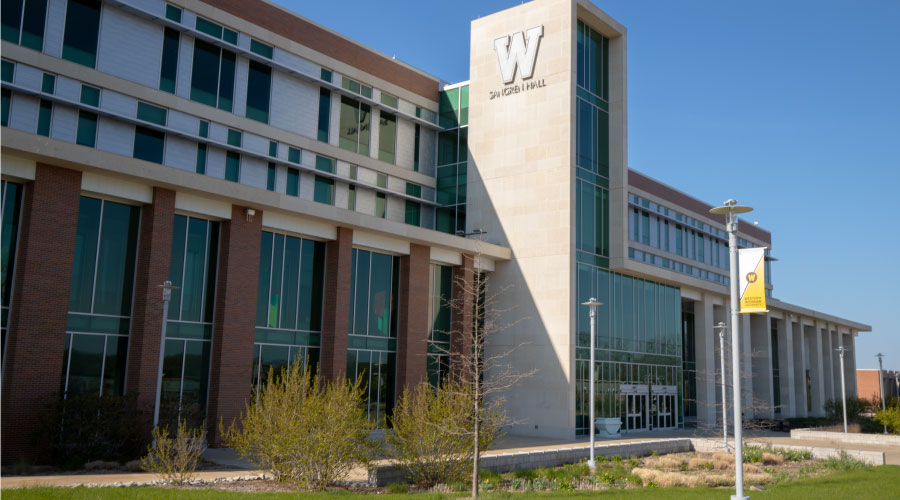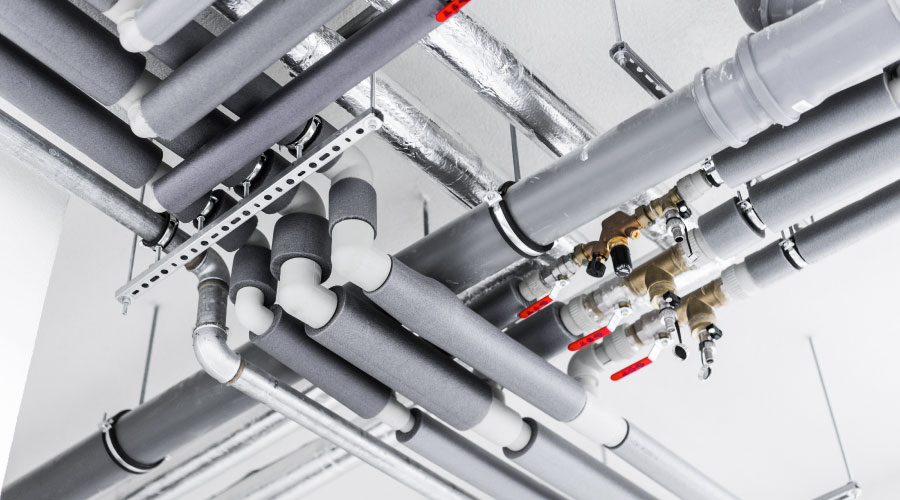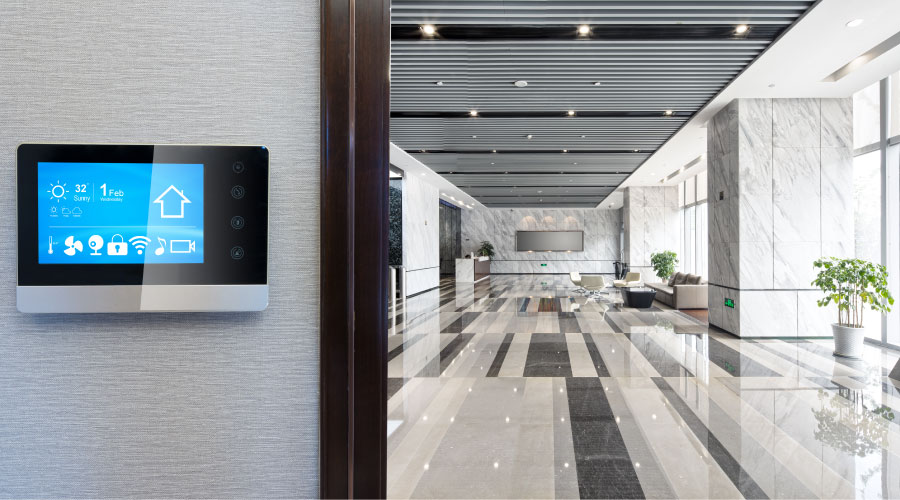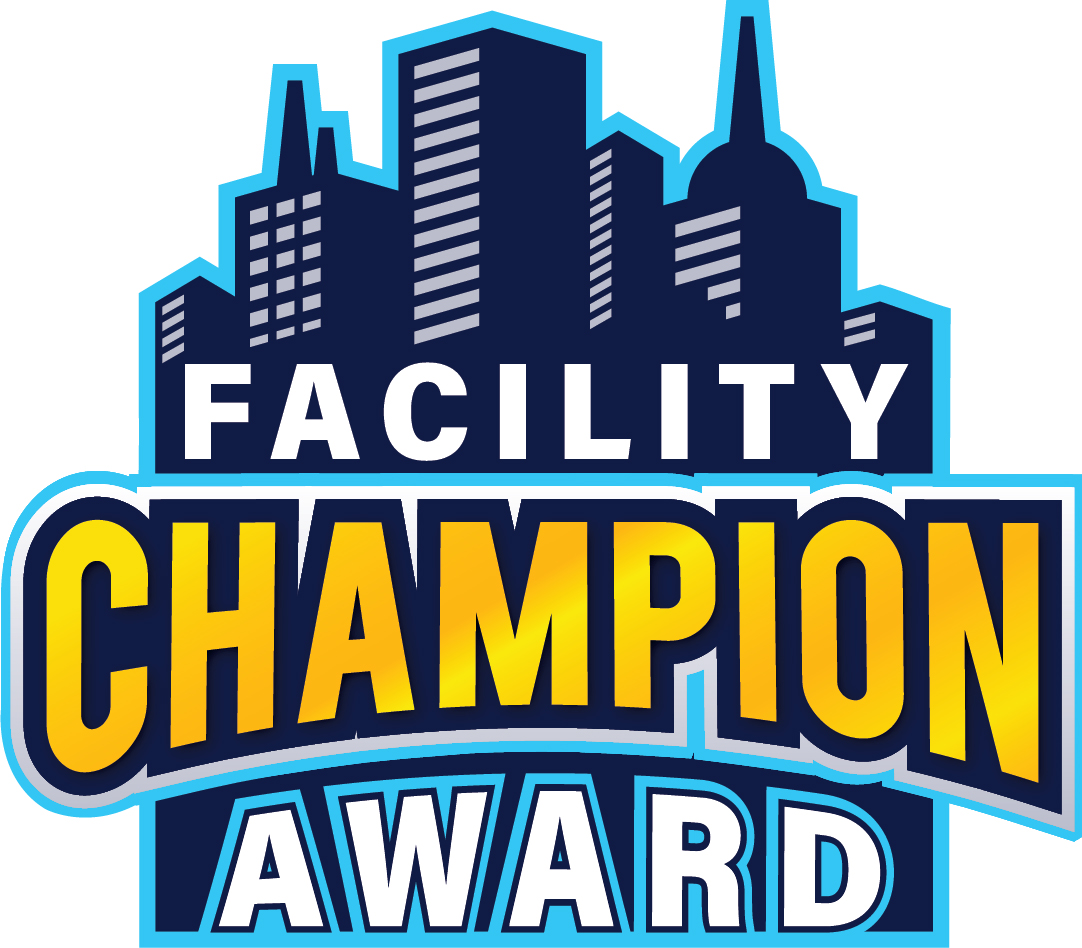
Assessing and Optimizing Educational Facility Spaces
With an excess of space, educational facilities are figuring out how to best use it all. September 14, 2023
By Jeff Wardon, Jr., Assistant Editor
Space utilization is a pertinent issue campuses are tackling in a post-COVID-19 world. With sometimes ample room and no one using it, educational facilities find themselves trying to make the most of what they are given. To expound on this topic, Anand Sankey, director of maintenance services at Western Michigan University, will present the session “Space Utilization and Facility Condition Assessment” at NFMT Remix October 25 to 26 in Orlando, Florida.
NFMT: How does efficient space utilization contribute to the overall success of educational facilities?
Sankey: Spaces require operational commitment (labor and funds) for cleaning, maintaining, energy use for heating and cooling, refurbishing based on age, wear and tear, and updating (deferred maintenance funds towards repairs and replacement of assets). These are huge expenses on an annual basis for universities. Understanding space utilization means we know which spaces we would like to maintain or upgrade in the coming years which all translates to money being spent on the right spaces
Effective use can reduce annual costs across campus, take those limited available funds and reinvest strategically across campus — money can go a longer way with more focused spaces rather than across campus.
We can also invest purposefully in teaching spaces with upgrades with more available funds because we have decided which classrooms are viable for upgrades only. Teaching environments require constant upgrades to especially with obsolesces with technology and how learning environments have changed from the past.
NFMT: What strategies can institutions employ to optimize use of space?
Sankey: Conduct an audit to know what you have across campus — classrooms, offices, meeting spaces, etc. Then conduct an audit of backlog deferred maintenance of systems and spaces that need physical upgrades. Analyze the use trends for classrooms for example and determine what are underutilized spaces — identify strategic goals on the future of those spaces based on operating cost and replacement cost.
Invest more funds in spaces that meet the future need of campus goals/strategic plans of the university such as classrooms because we might have decided to decommission usage of older classrooms with inadequate classroom technology and classroom learning set ups.
Centralized scheduling rather than departmental level scheduling, meaning a more open pool of available spaces leads to higher utilization and a possible reduction in maintainable square footage. Develop a space management usage/ownership database and process for the campus to update ownership that is in real time.
NFMT: What role do facility condition assessments play in ensuring the safety, functionality, and long-term sustainability of educational facilities, and how can institutions prioritize and address maintenance and renovation needs based on these assessments?
Sankey: A facility condition assessment identifies immediate, mid-term and long-term investment needs in specific assets and develops a cost for replacement. Therefore, deciding which buildings to invest in can be purposeful based on university-wide strategic planning of the future and understanding where large investment dollars are needed over 10 years.
It develops a list of risks with safety, reliability and functionality — understanding and prioritizing funds strategically can minimize emergencies and improve the user’s building experience.
NFMT: How can educational facilities balance the demand for technology and modernization with budget constraints, and what considerations should be made when deciding which areas of a facility to upgrade or renovate for educational purposes?
Sankey: There is usually no balance — the demand always outweighs the need for improvement and upgrades. Therefore, correctly sizing campus square footage allows us to invest more money in specific spaces that have been deemed strategic spaces that we would like to keep and utilize moving forward. The spaces getting updated or renovated should support the university’s strategic plans for what direction the university has decided.
By reducing the maintenance of square footage, we have increased our funds available for existing spaces. Therefore, it reduces the backlog of deferred maintenance, operational costs for maintaining less square footage and overall energy use. This allows us to be more effective in upgrading/replacing technology in the learning environment more frequently and provide a better experience.
NFMT: How does extra classroom space impact the budgetary considerations and resource allocation decisions of educational facilities, and what strategies can institutions adopt to effectively manage and repurpose underutilized spaces to optimize their financial resources?
Sankey: Extra classroom space adds extra burden on operating dollars. Utilized classrooms still require resources for heating and cooling, cleaning and technology refreshes regardless of intensity of usage. Therefore, maintaining all these spaces simply adds costs to the deferred maintenance funding available, which means the backlog grows and spaces are not sufficiently maintained or upgraded — negatively affecting the experience of the users.
Effectively managing spaces and increasing its utilization allows us to benefit from our investments from the time we built the buildings/spaces to ongoing investment in operations and renovations.
Here are some strategies institutions can use:
- Perform an audit and develop a baseline.
- Perform an annual assessment of space utilization to understand if strategic decisions are benefiting utilization.
- Centralize scheduling of all learning spaces — that way the campus knows what is available for use.
- Reduce the number of classrooms in the summer by consolidating usage to a few buildings only — this leads to a reduction in operational and energy costs. It also allows the facility to look at renovations during the summer months.
- Match classroom usage and position of seats more accurately.
- Determine the optimal number of classrooms needed and decommission the rest of the classrooms based on the campus’ strategic plan.
To learn more about space utilization and facility condition assessments, be sure to check out Sankey’s session at NFMT Remix this October. Register for Remix here.
Jeff Wardon, Jr. is the assistant editor for the facilities market.
Next
Read next on FacilitiesNet












